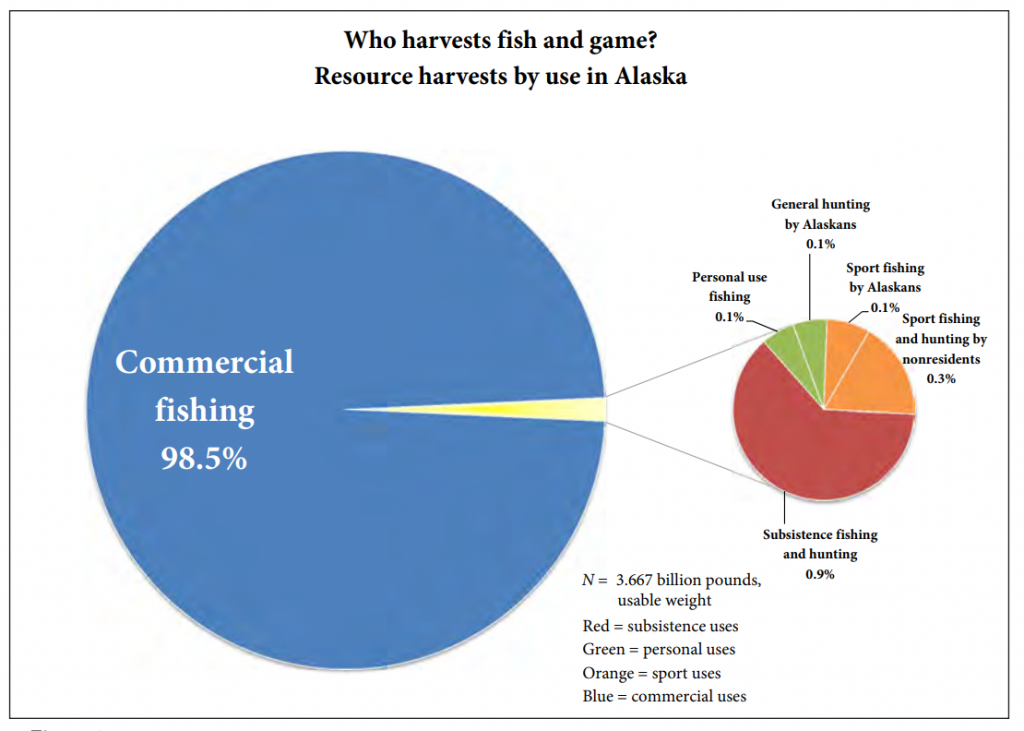Biographical Timeline | Leadership Qualities | Fishing Rights in Alaska |
“BIA Occupation.” Native American Holocaust Museum: A Virtual Museum . Accessed December 08, 2017. http://www.nahmus.org/BIA_Occupation.html.References
Burke, Jill. “Alaska Natives Rally for Restored Hunting, Fishing Rigts,” 17 October 2012. https://www.adn.com/alaska-news/article/alaska-natives-rally-restored-aboriginal-hunting-fishing-rights/2012/10/18/, Anchorage Daily News (accessed November 28, 2017).
Chitwin9. “1992 Billy Frank Jr. and Gov Bill Clinton on KOMO-TV.” Filmed [1992]. YouTube video. Posted [November 2013]. https://www.youtube.com/watch?time_continue=97&v=8qs58woyPpo
Cohen, Fay G. Treaties on Trial: The Continuing Controversy over Northwest Indian Fishing Rights. Seattle: University of Washington Press, 1986.
Egan, Timothy. “On the River Bank with Billy Frank Jr.: Indians and Salmon: Making Nature Whole,” The New York Times, November 26, 1992, p. C-1.
Gunn, Steven J. “Alaska Native Claims Settlement Act (1971),” http://www.encyclopedia.com/social-sciences-and-law/law/law/alaska-native-claims-settlement-act, Encyclopedia.com (accessed November 28, 2017).
Heffernan, Trova. Where the Salmon Run: The Life and Legacy of Billy Frank Jr. Seattle and London: University of Washington Press, 2012. https://www.sos.wa.gov/legacyproject/oralhistories/billyfrankjr/pdf/complete.pdf
Isely, Mary B. Uncommon Controversy: Fishing Rights of the Muckleshoot, Puyallup, and Nisqually Indians. Seattle: University of Washington Press, 1970.
Jay Manning and Billy Frank Jr., “Water Bills in Olympia Sacrifice Healthy Streams,” The Seattle Times, May 28 2003.
Lerman, Rachel, “Billy Frank Jr., Ruckelshaus to Receive Top Civilian Honor.”The Seattle Times. November 17, 2015.
Mapes, Lynda V. “Culvert Ruling Backs Tribes,” August 23, 2007.
“Nisqually River Education Project.” Nisqually River Education Project . Accessed December 08, 2017. http://nrep.nisquallyriver.org/.
VanDevelder, Paul. “Reckoning at Standing Rock.” The Trail Posse. December 28, 2016. Accessed December 08, 2017. http://trailposse.com/2016/10/reckoning-at-standing-rock/.
Wieland Nogaki, Sylvia. “End Fishing Conflict, Activist Asks,” October 18, 1992 http://www.seattletimes.com/
Wilkinson, Charles. Messages from Frank’s Landing: A Story of Salmon, Treaties, and the Indian Way. Seattle: University of Washington Press, 2000.
Wolfe, Robert J. “Subsistence in Alaska: A Year 2014 Update,” December 2016, http://www.adfg.alaska.gov/static/home/subsistence/pdfs/subsistence_update_2014.pdf, Division of Subsistence, Alaska Department of Fish and Game (accessed November 30, 2017).
Yardley, William. “Billy Frank Jr., 83, Defiant Fighter for Native Fishing Rights.,” Accessed May 9, 2014. https://www.nytimes.com/2014/05/09/us/billy-frank-jr-fighter-for-native-fishing-rights-dies-at-83.html


